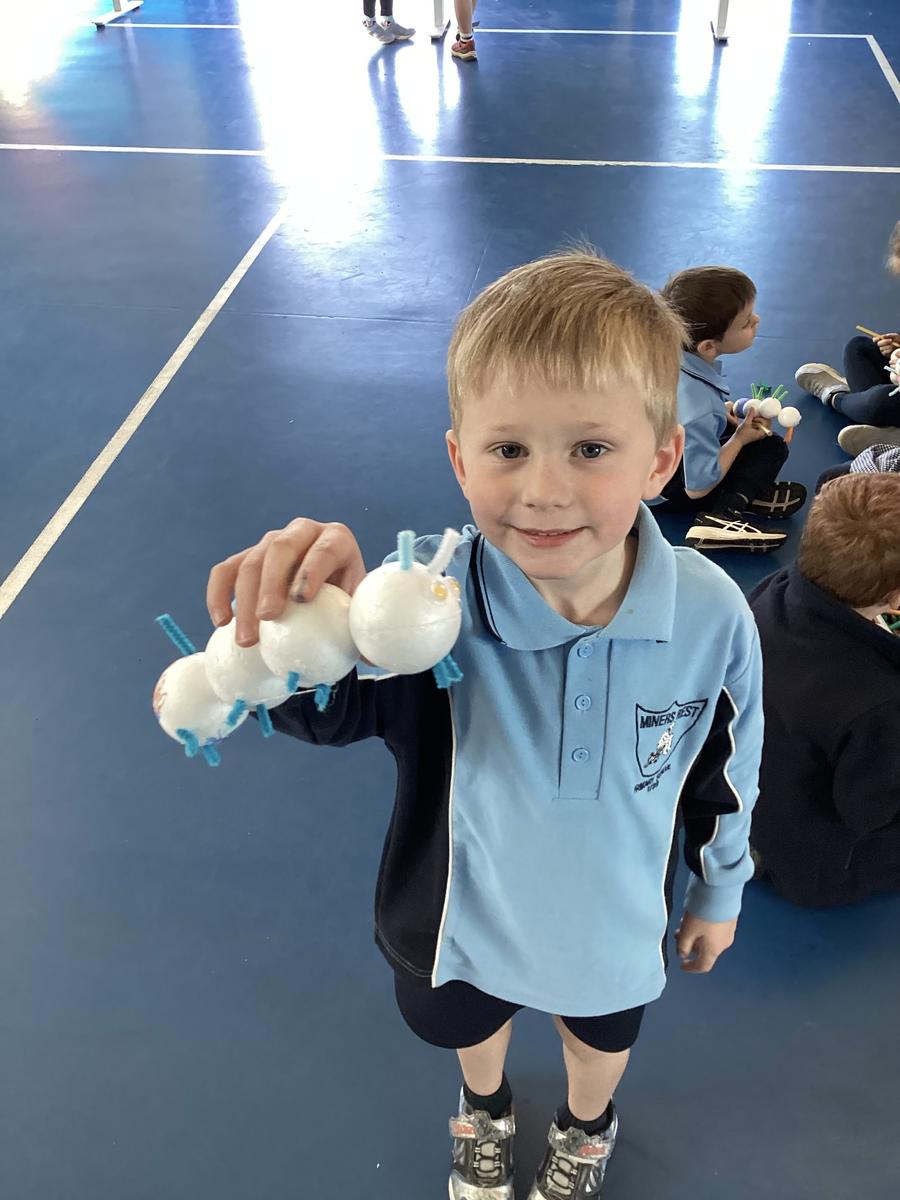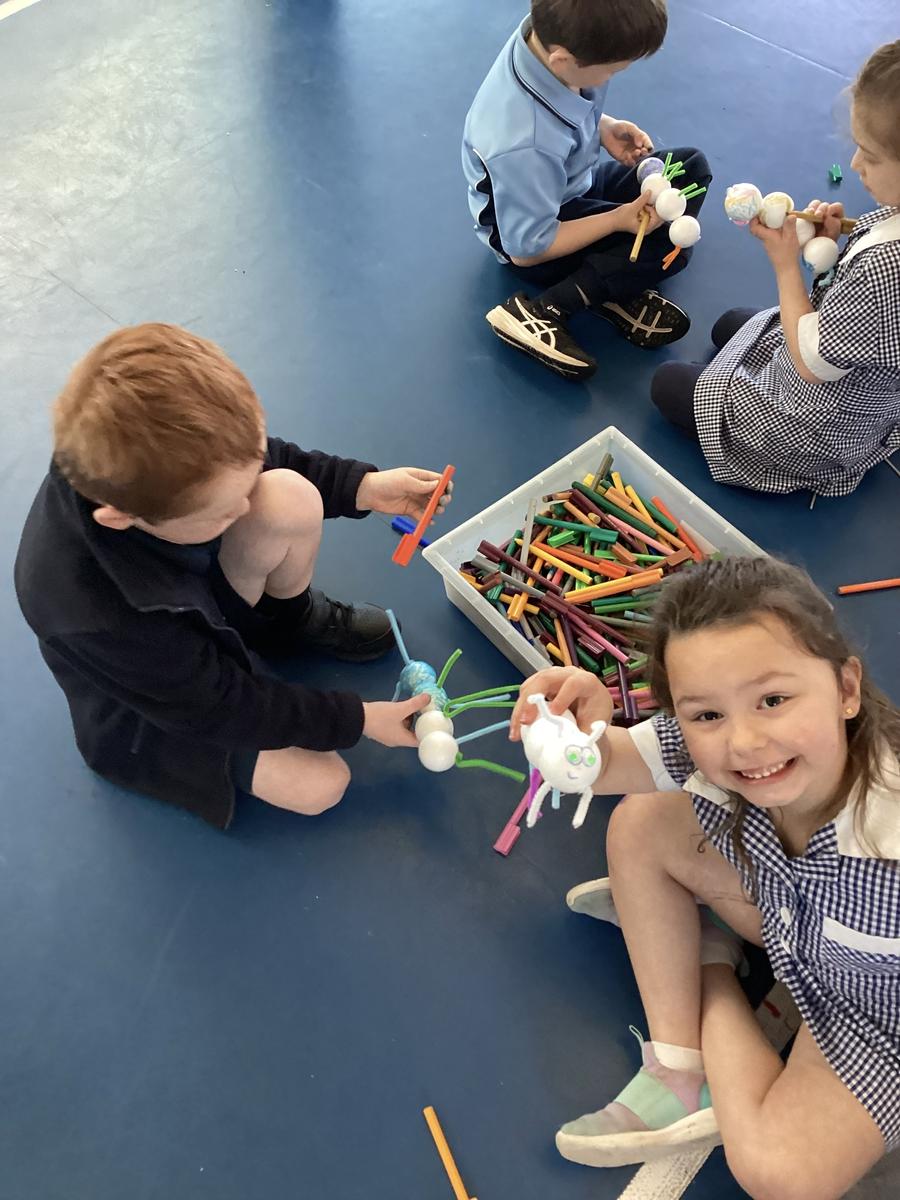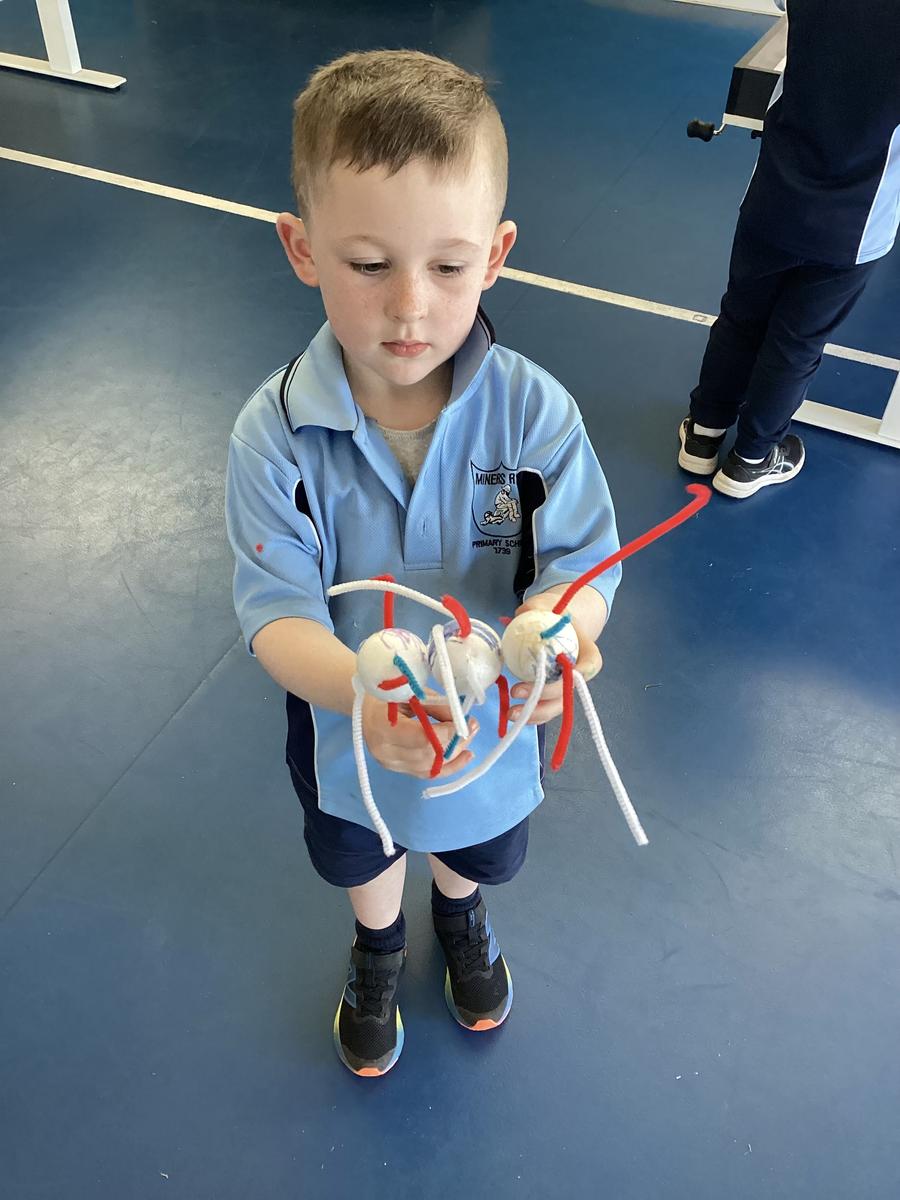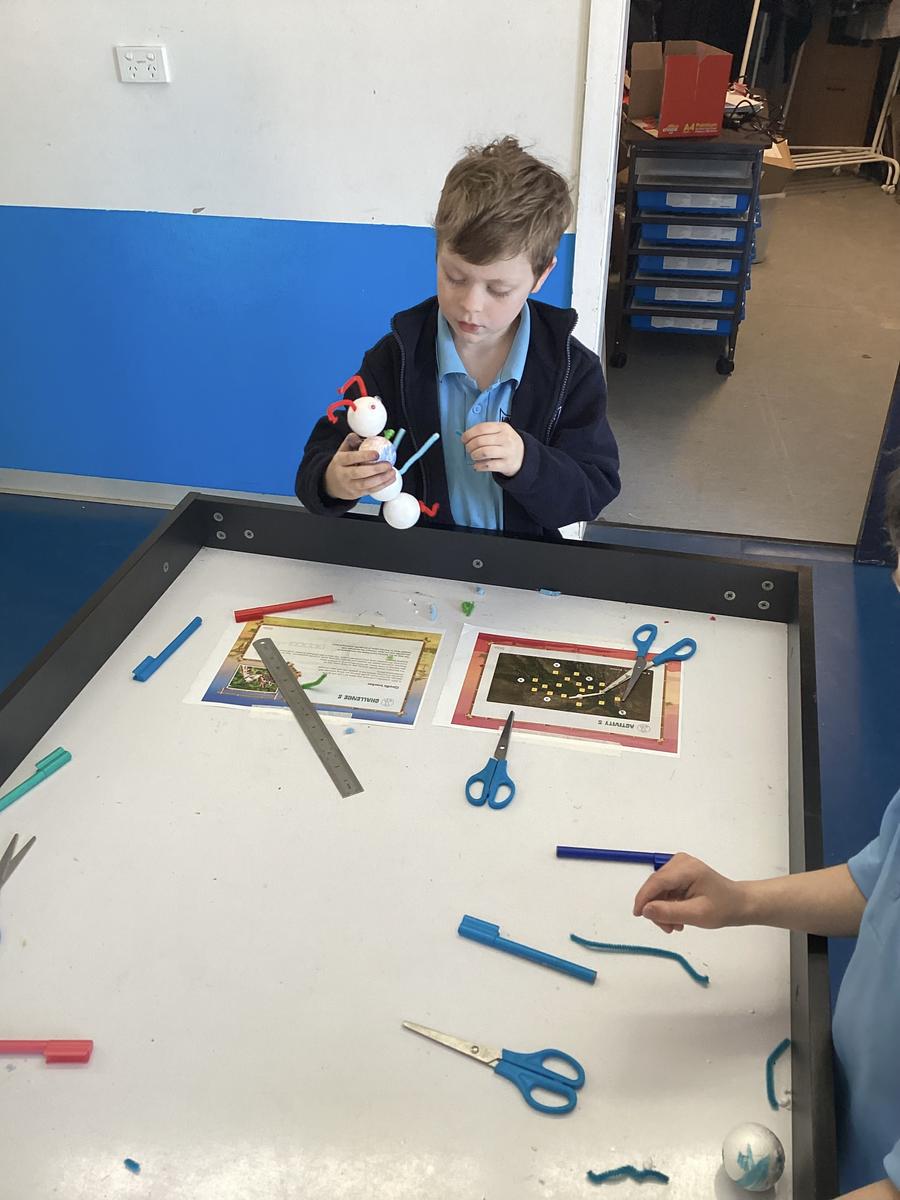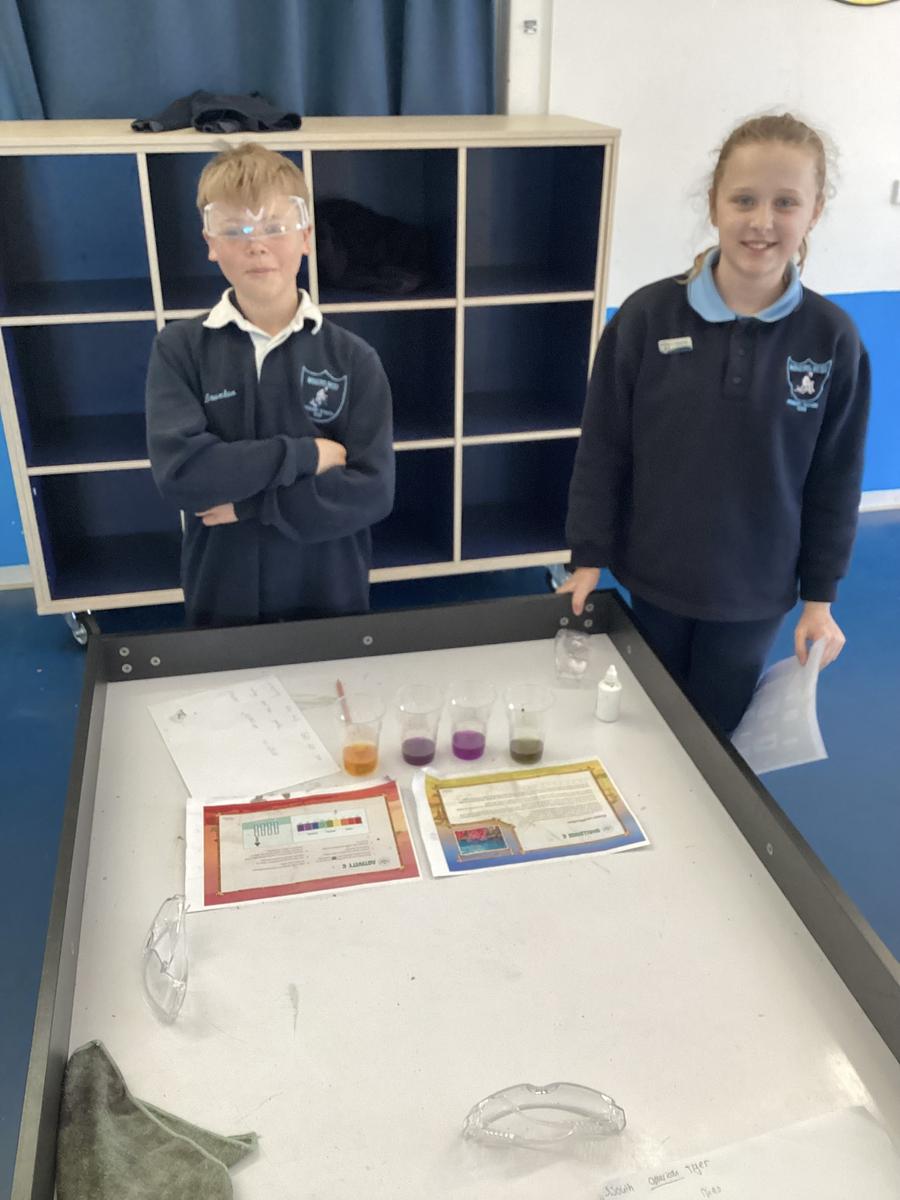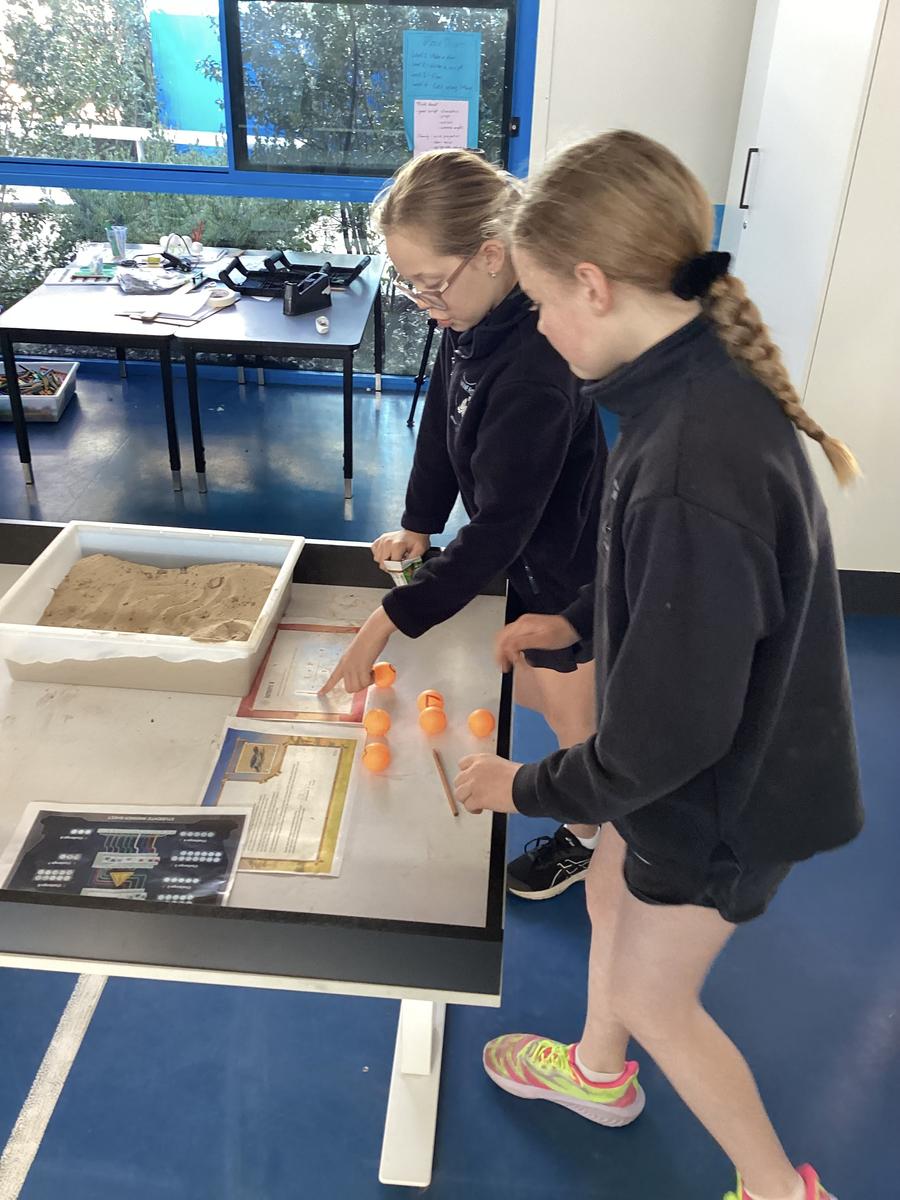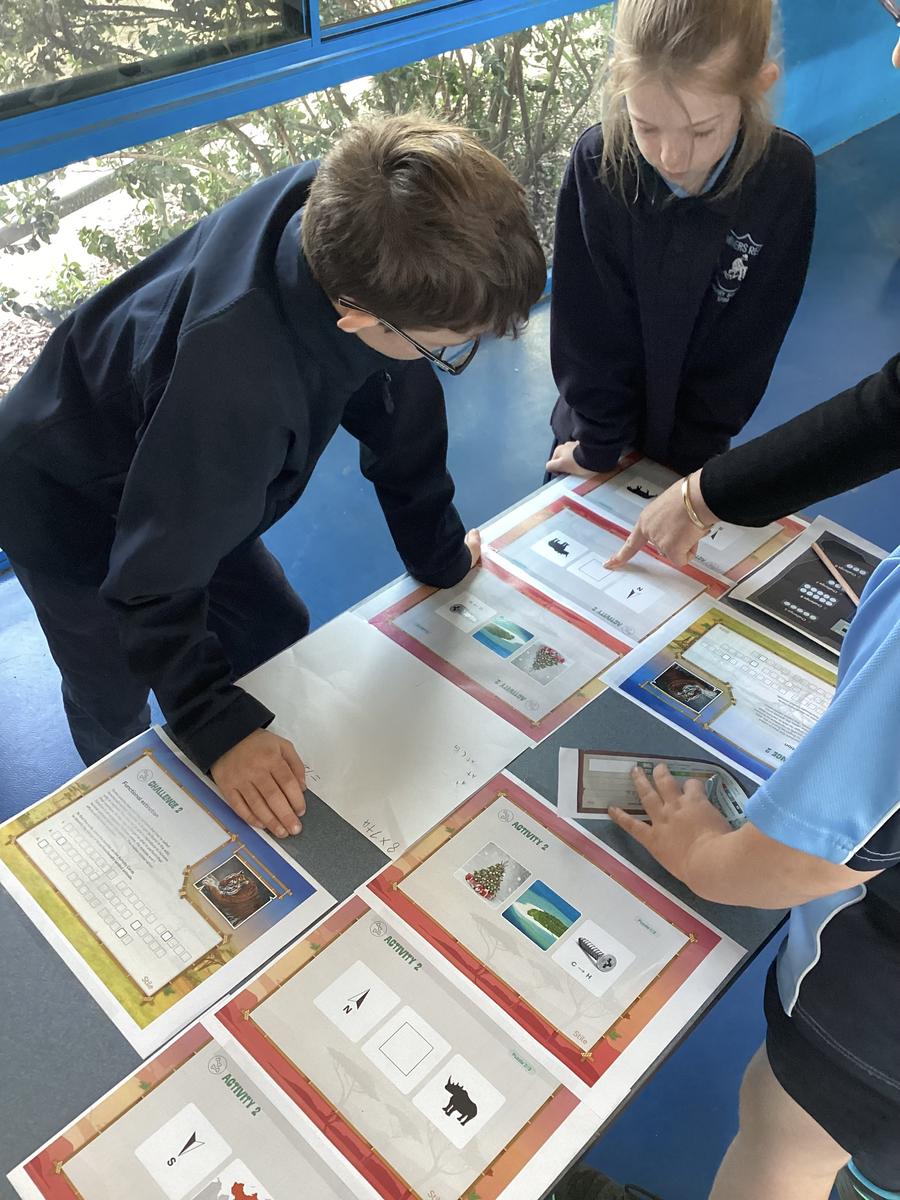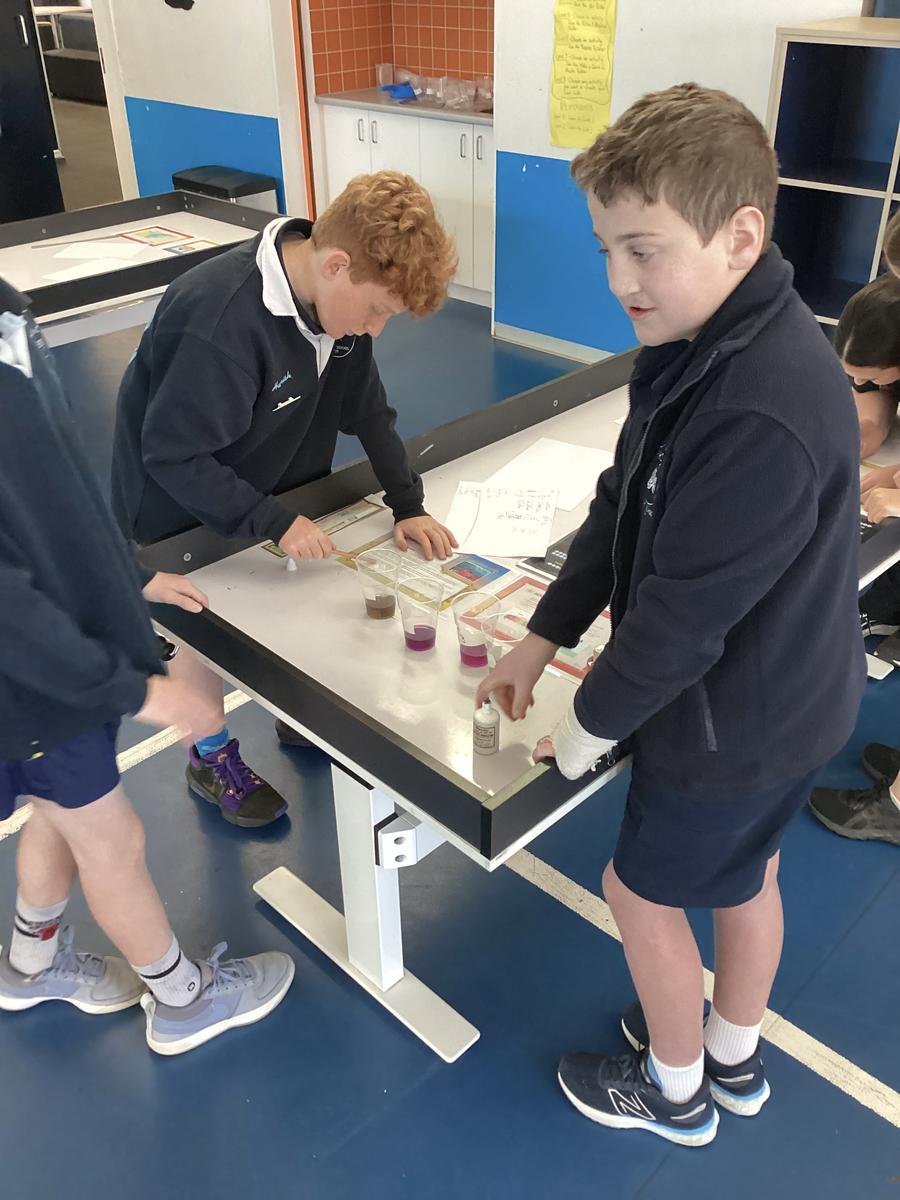Specialists STEM - Mr Brown

This week is National Science Week. The theme for 2024 is Species Survival – More than just sustainability. The theme aims to highlight the importance of science and innovation in ensuring the survival and thriving of different species in an ever-changing world.
During STEM this week we are taking a break from our usual program to focus on activities based on this theme and have some discussions based on the Species Survival – things like what are the reasons for species to become endangered or extinct and what are some small steps we can do every day to help stop this from happening.
The activities this week include making models, playing board games and completing an escape room – lets hope everyone escapes.
Victoria is home to a variety of unique wildlife, some of which are endangered. Here are some facts about endangered animals in Victoria:
- Leadbeater's Possum (Gymnobelideus leadbeateri):
- Status: Critically Endangered.
- Habitat: Found in the central highlands of Victoria.
- Threats: Habitat loss due to logging and bushfires, as well as competition with other species.
- Interesting Fact: This possum is Victoria’s faunal emblem, symbolizing the state’s commitment to wildlife conservation.
- Eastern Barred Bandicoot (Perameles gunnii):
- Status: Critically Endangered.
- Habitat: Originally found in grasslands and heathlands of Victoria.
- Threats: Habitat destruction, predation by introduced species like foxes and cats.
- Interesting Fact: Conservation efforts have been ongoing, including captive breeding programs and habitat restoration.
- Greater Bilby (Macrotis lagotis):
- Status: Endangered.
- Habitat: Once native to Victoria, now primarily found in northern and central Australia.
- Threats: Habitat destruction, predation by introduced species, and competition with other animals.
- Interesting Fact: Known for its large ears and long, pointed snout, which help it forage for food in the desert.
- Eastern Curlew (Numenius madagascariensis):
- Status: Endangered.
- Habitat: Coastal mudflats and estuaries.
- Threats: Habitat loss due to coastal development and human activities, as well as climate change affecting migratory patterns.
- Interesting Fact: This bird is one of the largest waders in the world and migrates long distances between its breeding grounds in Asia and wintering grounds in Australia.
- Orange-bellied Parrot (Neophema chrysogaster):
- Status: Critically Endangered.
- Habitat: Coastal heathlands and saltmarshes in southern Victoria.
- Threats: Habitat loss, especially due to urban development and changes in land use, as well as predation by introduced species.
- Interesting Fact: This parrot is known for its striking plumage and is one of Australia's rarest birds. Intensive conservation programs include habitat management and captive breeding.
- Western Swamp Tortoise (Pseudemydura umbrina):
- Status: Critically Endangered.
- Habitat: Found in the western part of Victoria, particularly in seasonal swamp areas.
- Threats: Habitat destruction and degradation, changes in water levels, and predation by introduced species.
- Interesting Fact: This tortoise is adapted to a very specific wetland environment and relies on seasonal flooding for its survival.
These species represent just a few of the many animals in Victoria that face significant conservation challenges. Efforts to protect and restore their habitats are vital for ensuring their survival.
Mr Brown
STEM

